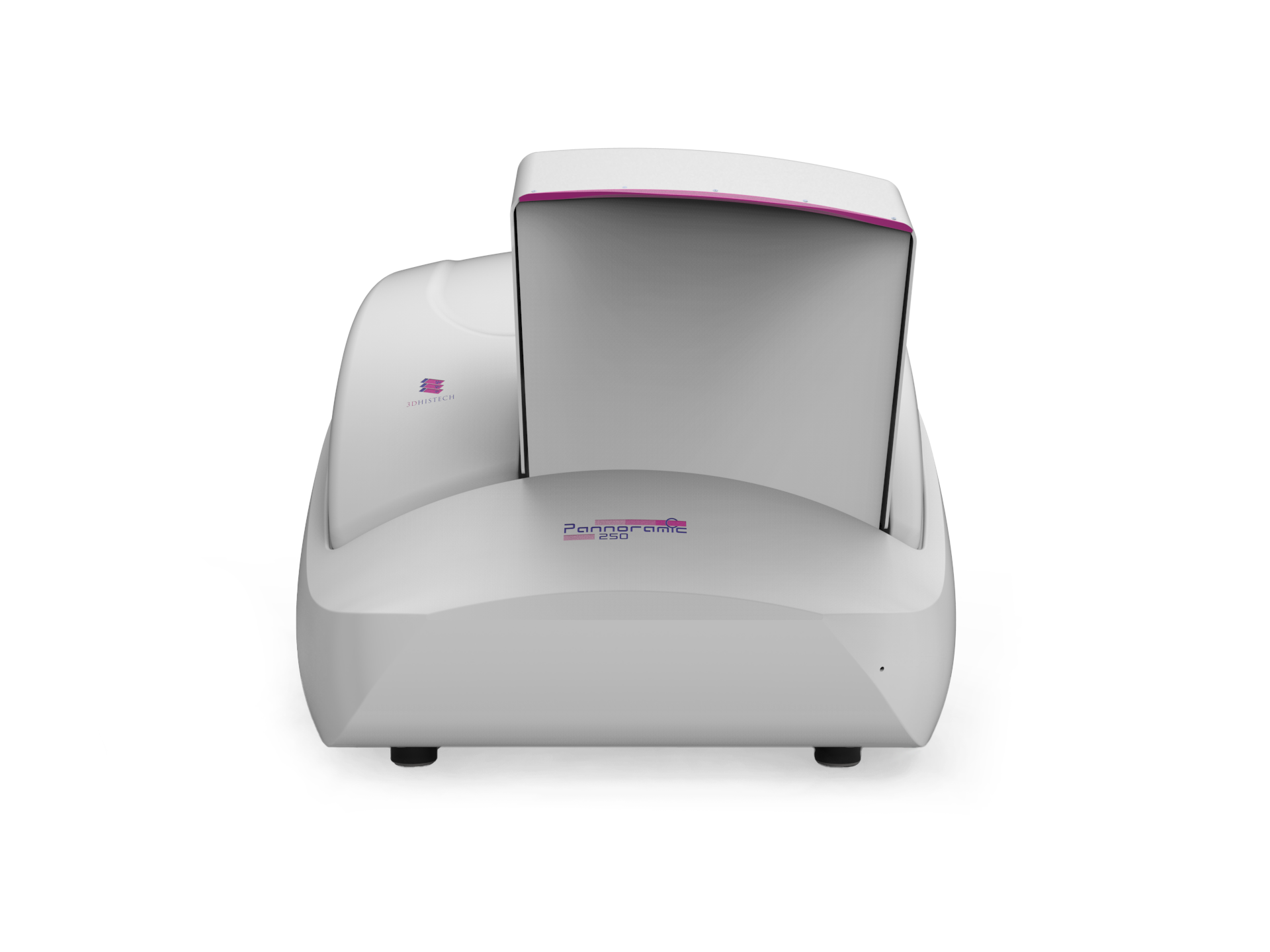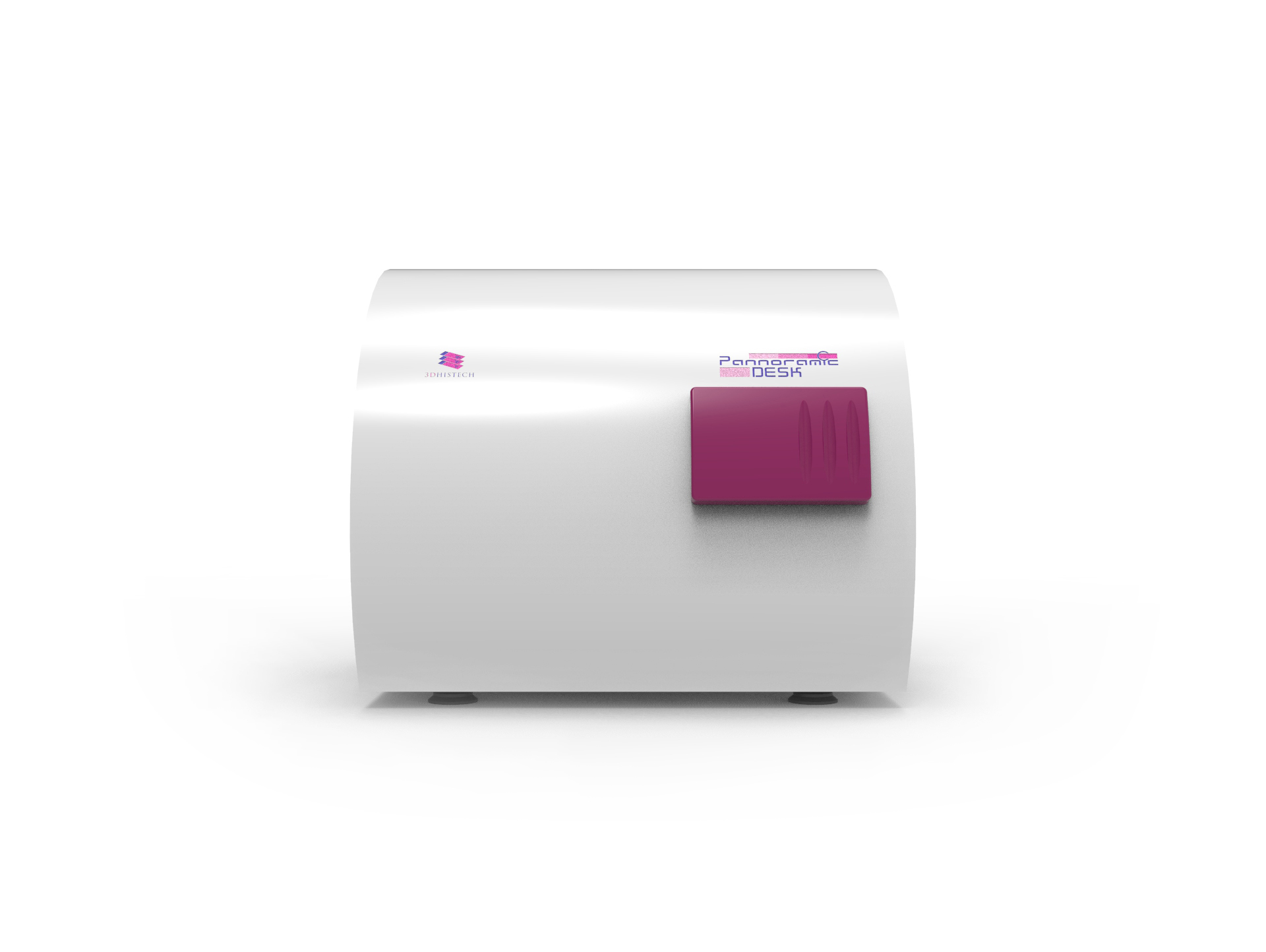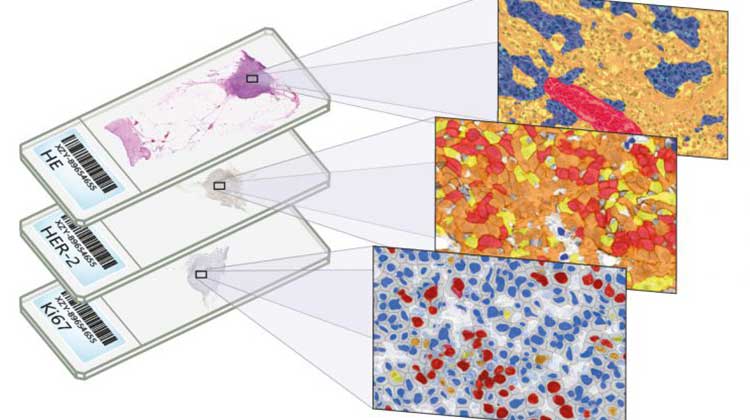Utilizing whole slide imaging technology in conjunction with routine and special staining techniques, as well as advanced modes like fluorescence scanning, veterinarians and researchers have made remarkable strides in addressing complex issues in veterinary health. This innovative technology allows for comprehensive visualization of entire tissue samples, providing a level of detail and precision unattainable with traditional microscopes, which only offer sectional views. As a result, whole slide imaging has become an invaluable tool in veterinary diagnostics and research, enabling more accurate and efficient analysis of pathological conditions and significantly enhancing the quality of veterinary care.



Advancements in Veterinary Health: Companion Animals, Livestock, and Wildlife
Advanced digital imaging techniques, including whole slide imaging, offer detailed, high-resolution visualization and analysis of tissue samples, making it easier to identify and study specific pathogens, genes, and disease markers. This precision is particularly beneficial for companion animals, allowing veterinarians to develop accurate diagnoses and tailored treatments for conditions such as gastrointestinal diseases, cancers, and infectious diseases. In the agricultural sector, whole slide imaging facilitates early detection and accurate diagnosis of diseases in livestock by enabling researchers to analyze entire tissue samples at a molecular level. Advanced diagnostic techniques and treatments ensure that diseases are managed effectively, reducing losses and enhancing overall quality of meat, milk, and other animal products. These advancements not only boost the agricultural economy but also contribute to global food security and sustainability by ensuring healthy and productive livestock populations. Additionally, in wildlife conservation, these technologies are crucial for understanding health challenges in various species, enabling the development of targeted vaccines and treatments. By providing deep insights into biological processes, whole slide imaging supports the successful rehabilitation and reintroduction of endangered species, playing a key role in preserving biodiversity and maintaining ecological balance.

(Whole Slide images scanned with the 3DHISTECH MIDI Scanner, managed and viewed with 3DHISTECH SlideManager® and SlideViewer® Software. – Images courtesy of The University of Veterinary Medecine, Budapest, through Lilla Denes)





